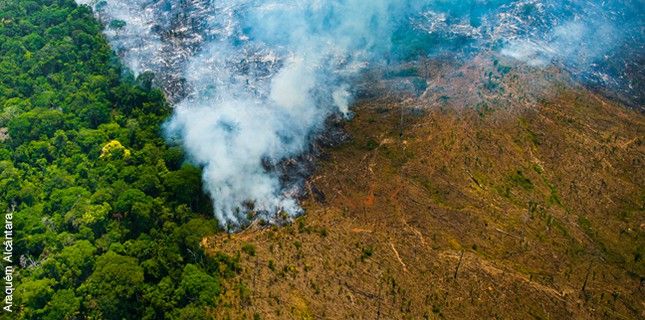Vegetation Satellite Imagery

Aeroview software processes both satellite and multispectral imagery to provide precise per tree health analytics and highlight problem areas that could otherwise go.
Vegetation satellite imagery. The measurement of vegetation signatures using remote sensing sources has become a critical way to measure the effects of regional and global scale drought and agricultural production. The national aeronautics and space administration nasa operates satellites capable of photographing the entire surface of the earth every one or two days. There are several global regional scale systems in place that report on drought food shortages and forecasting crop yields including the usgs famine early warning systems network fews net and group on earth observations geo global agricultural monitoring geoglam crop monitor. The most common measurement is called the normalized difference vegetation index ndvi.
Satellite maps of vegetation show the density of plant growth over the entire globe. The data collected with both technologies is commonly used for the classification and mapping of vegetation being cheaper and less time consuming than manual field surveys. It is also useful in distinguishing vegetation in regions including wild and cultivated varieties. Normalized difference vegetation index ndvi images produced from nasa s land atmosphere near real time capability for eos lance data are used to monitor vegetation and crop condition.
Measuring vegetation from satellite imagery with ndvi. These images are commonly used to assess and monitor vegetation over very large areas a task that would be extremely difficult using on the ground sampling techniques.
















































